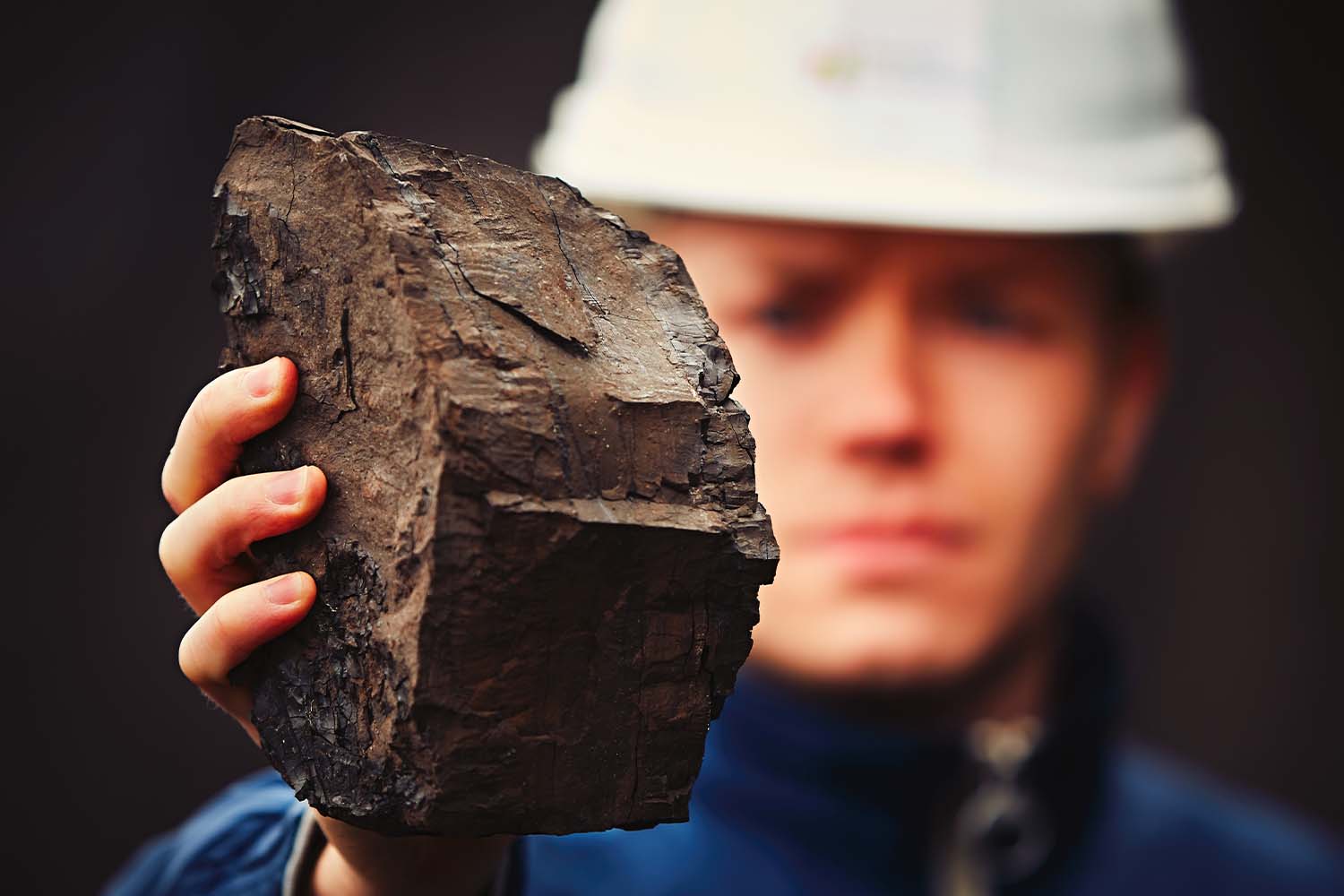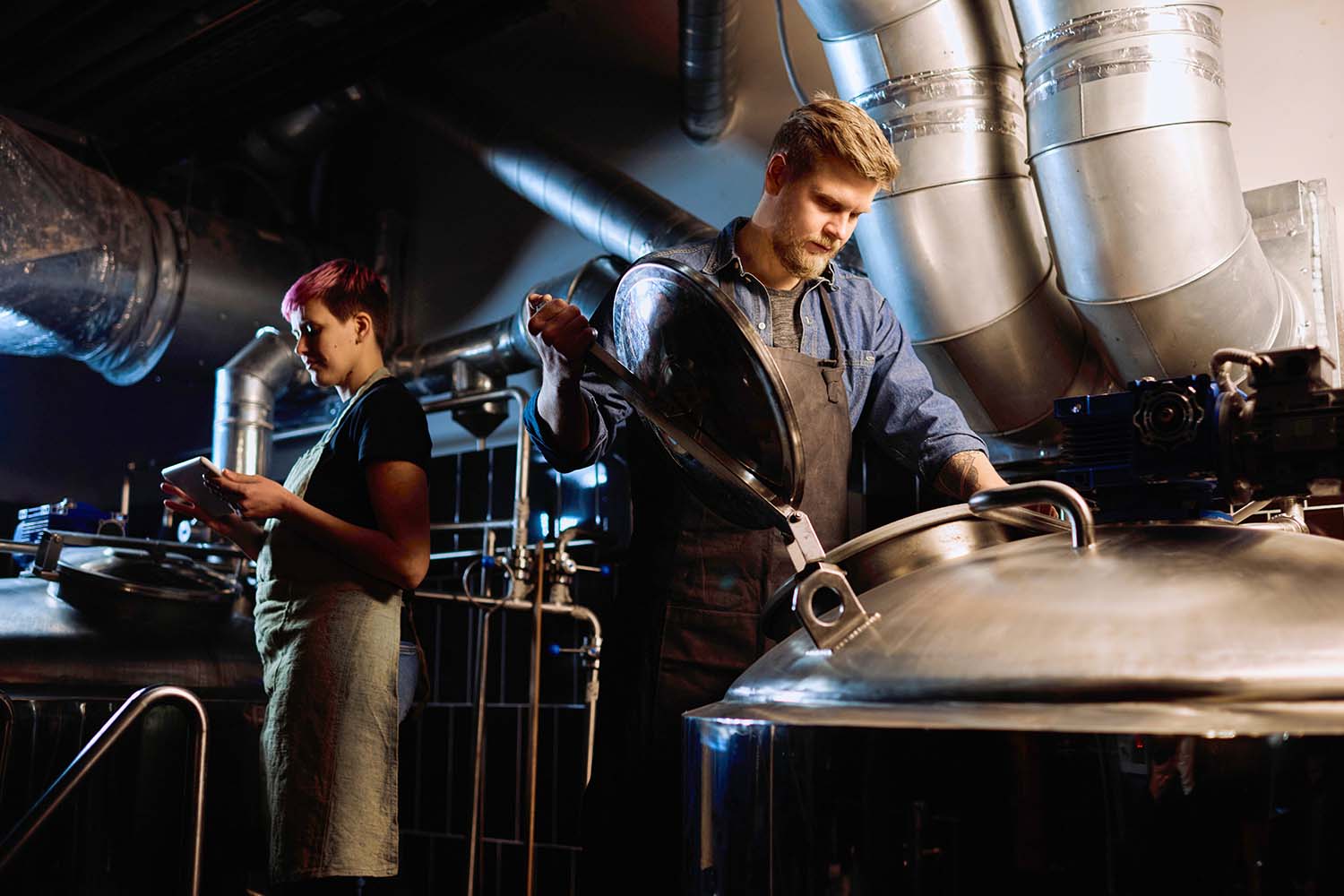The world of pyrometry witnessed a significant shift with the introduction of Williamson’s Pro Series in 2000. This was the company’s first foray into the digital platform. Although the Pro2 platform was later introduced in 2015, the core algorithm for temperature calculation remains unchanged.
Understanding the Multi-Wavelength (MW) Technology
Williamson’s multi-wavelength pyrometer is a marvel in temperature measurement. Here’s a breakdown of its functionality:
- Ratio Reading: Initially, the pyrometer takes a ratio reading.
- E-slope Calculation: Using infrared energy levels and blackbody energy levels, it calculates an e-slope setting, which is then used to determine the final temperature reading.
- Super-Ratio Pyrometer: In simple terms, the MW technology is a super-ratio pyrometer that can self-calculate its e-slope setting.
- Reflection Sensitivity: MW technology is more sensitive to hotter reflections than single-wavelength technology but less sensitive to colder reflections.
- Emissivity Correction: It accurately corrects for the emissivity variation in steel strips. Factors like the surface texture of the cold mill roll majorly influence the emissivity. It’s worth noting that emissivity can vary within a coil and between coils. Only a few plants globally maintain a consistent emissivity across coils.

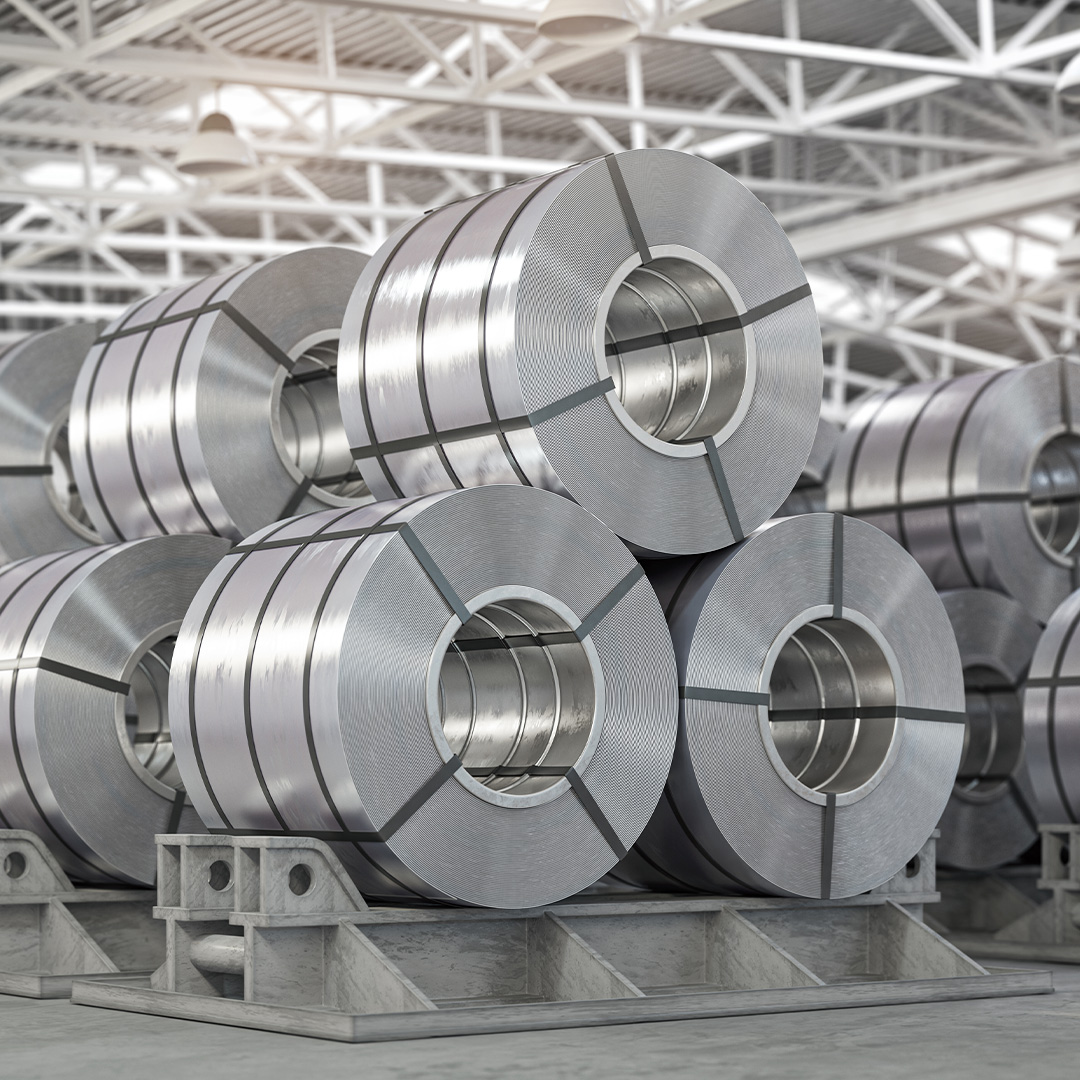
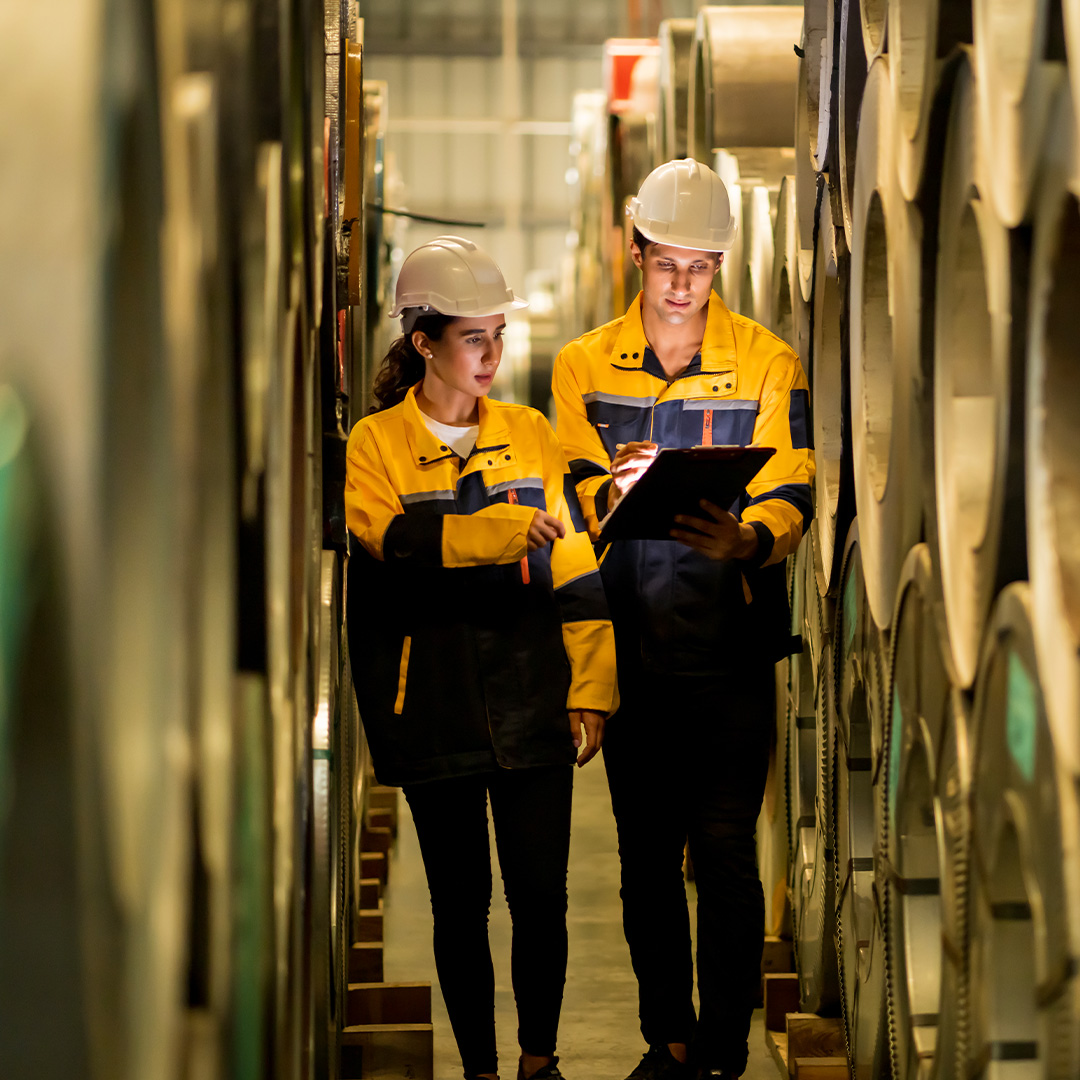

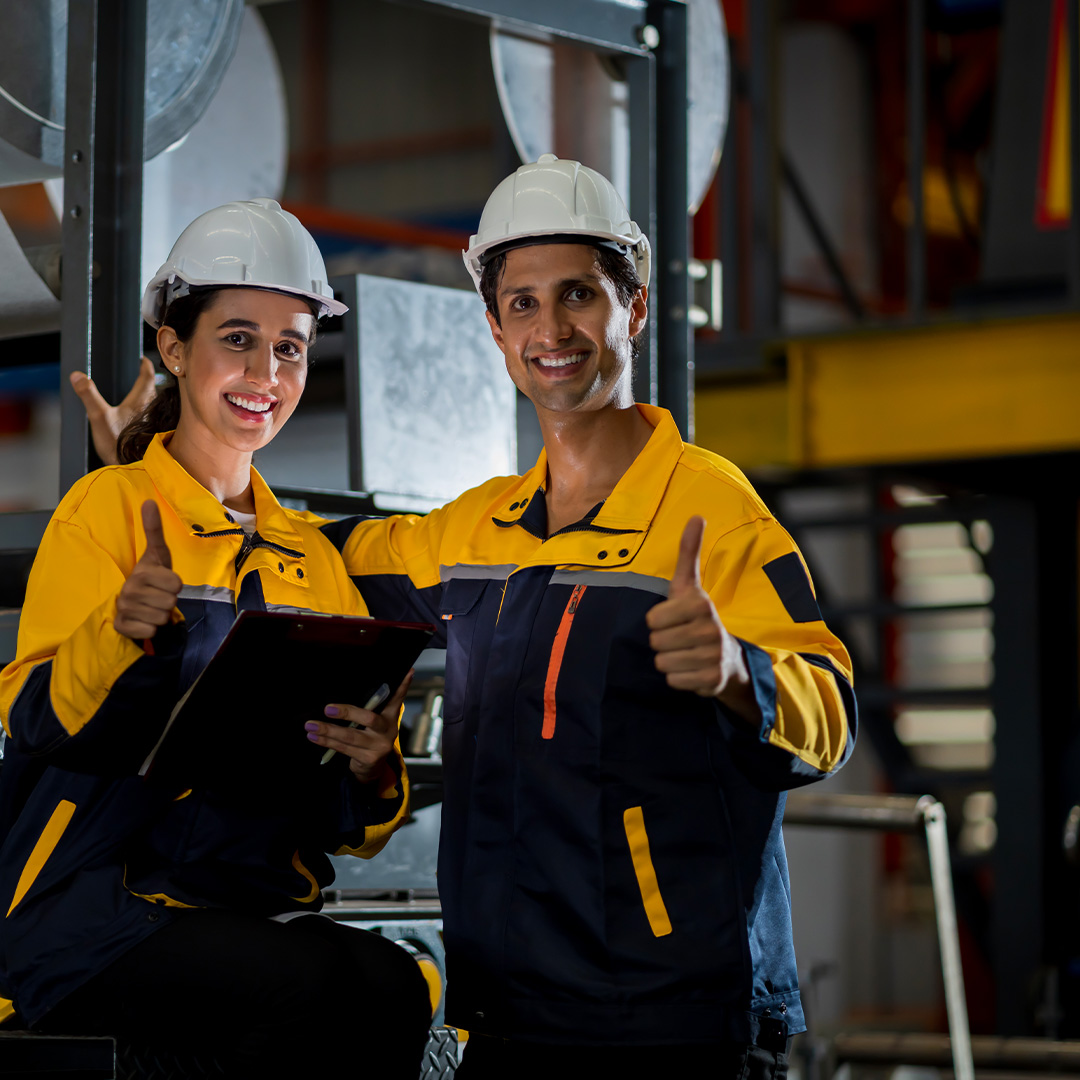

Williamson’s Legacy in Continuous Annealing Lines
Since 2003, Williamson’s multi-wavelength pyrometer has been a staple in continuous annealing lines. Its popularity is evident as almost every plant in North America and many globally have adopted this technology. The company’s commitment to quality and innovation is evident in its continuous improvement, especially after learning from past challenges.
The Gold Standard for Continuous Annealing Lines
In the competitive world of steel production, the demand for high-quality products at cost-effective rates is ever-increasing. One of the critical processes that determine the quality of steel is annealing. The annealing process requires a precise time-temperature relationship to achieve the desired mechanical properties of the steel strip. Any temperature variations can lead to inconsistent mechanical properties and other downstream quality issues.
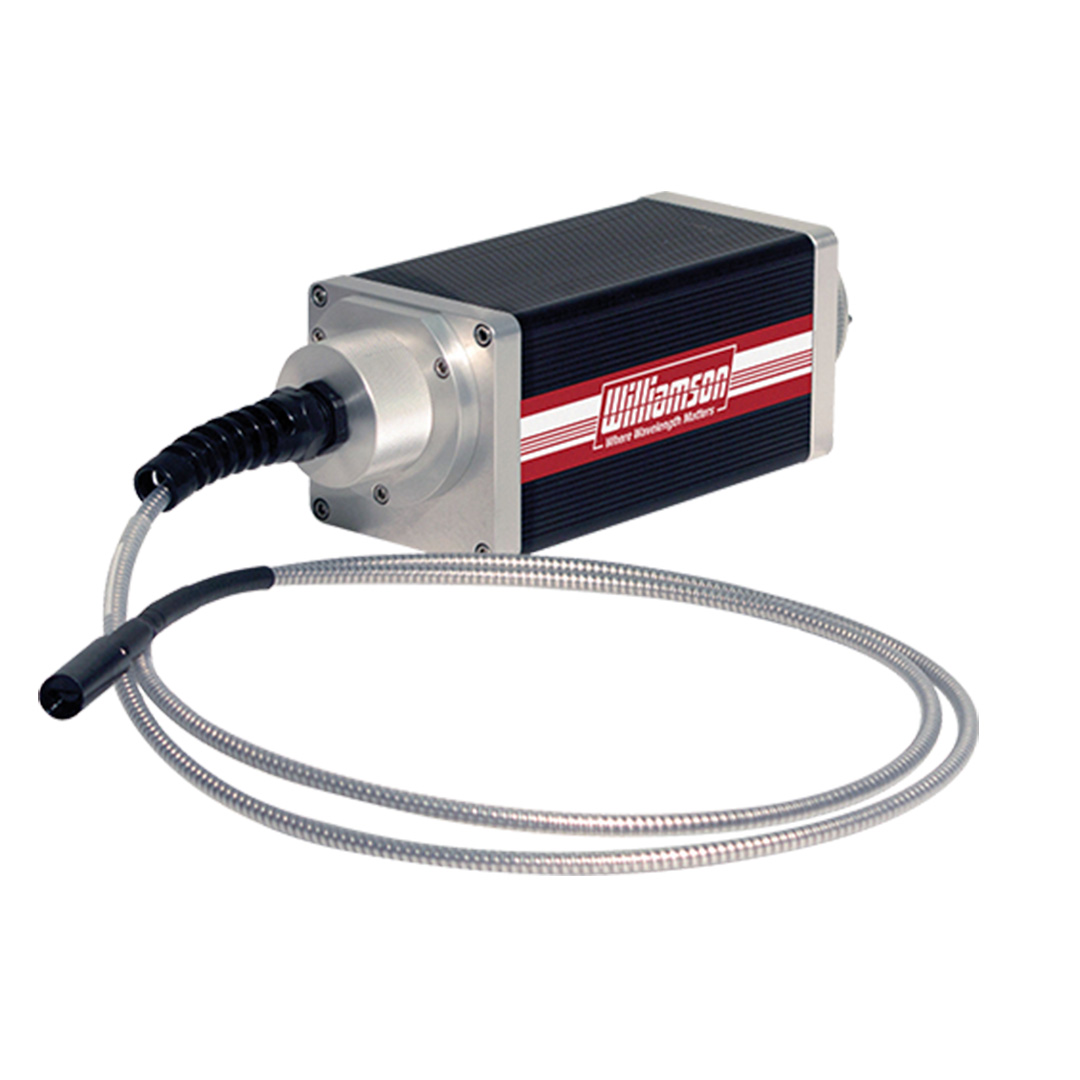
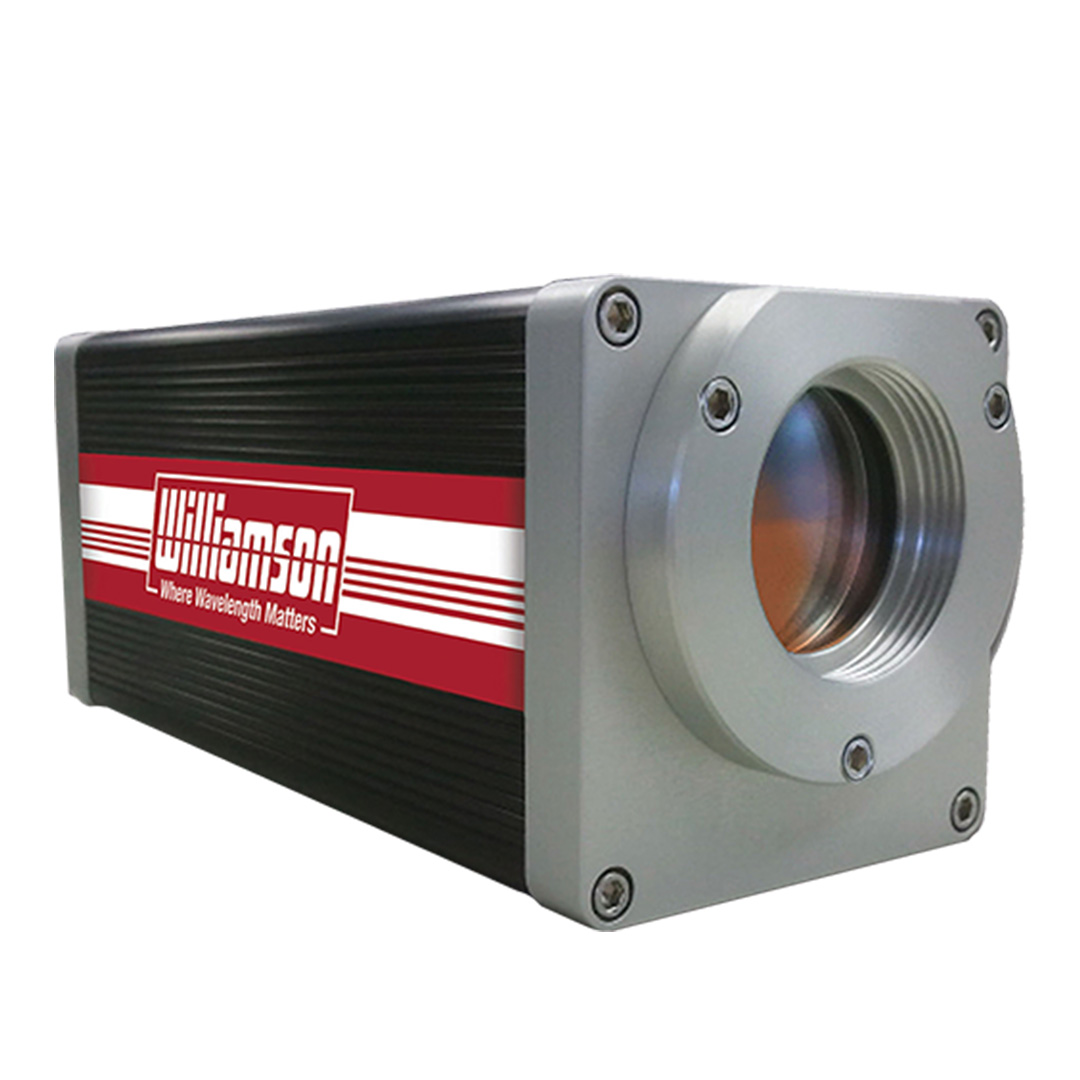
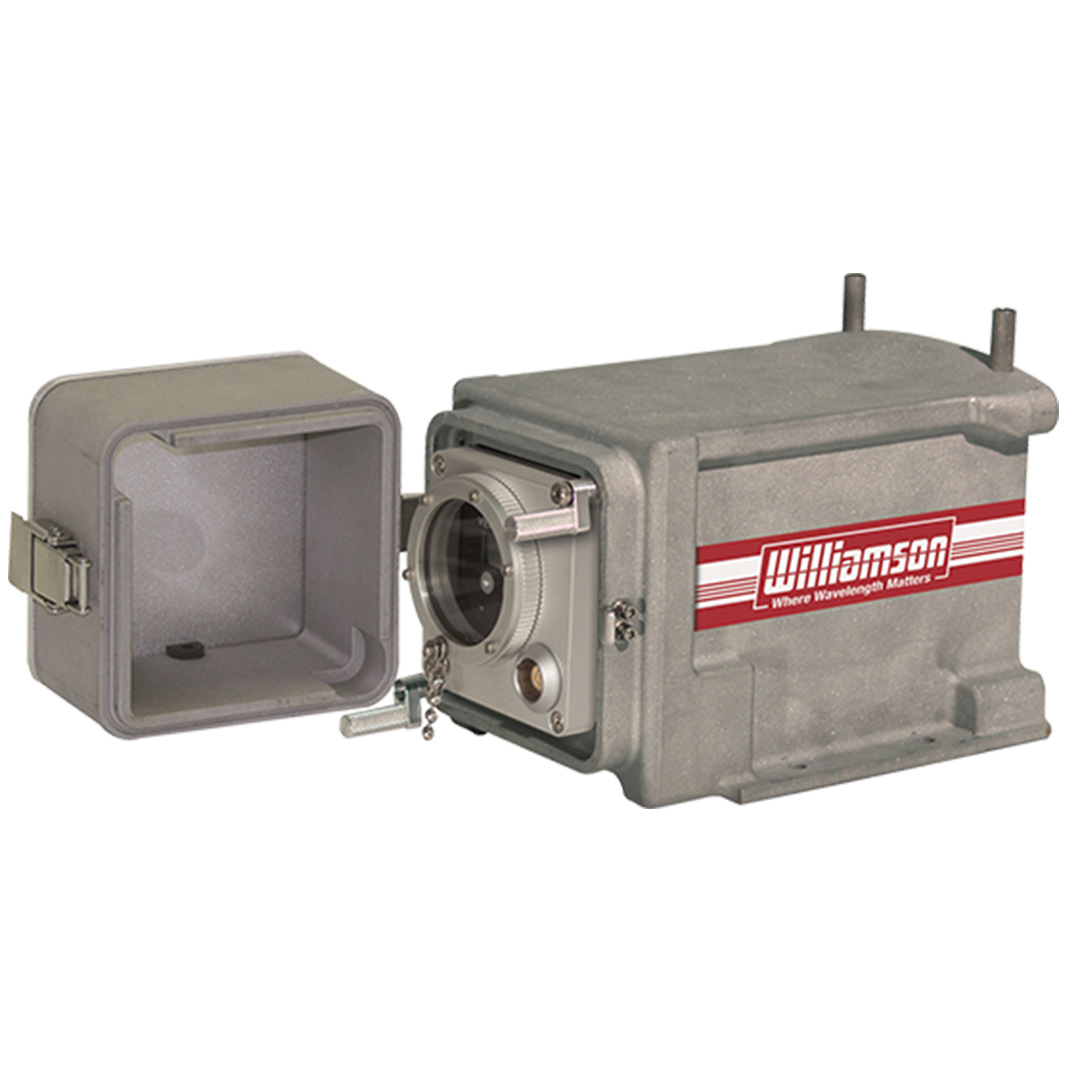
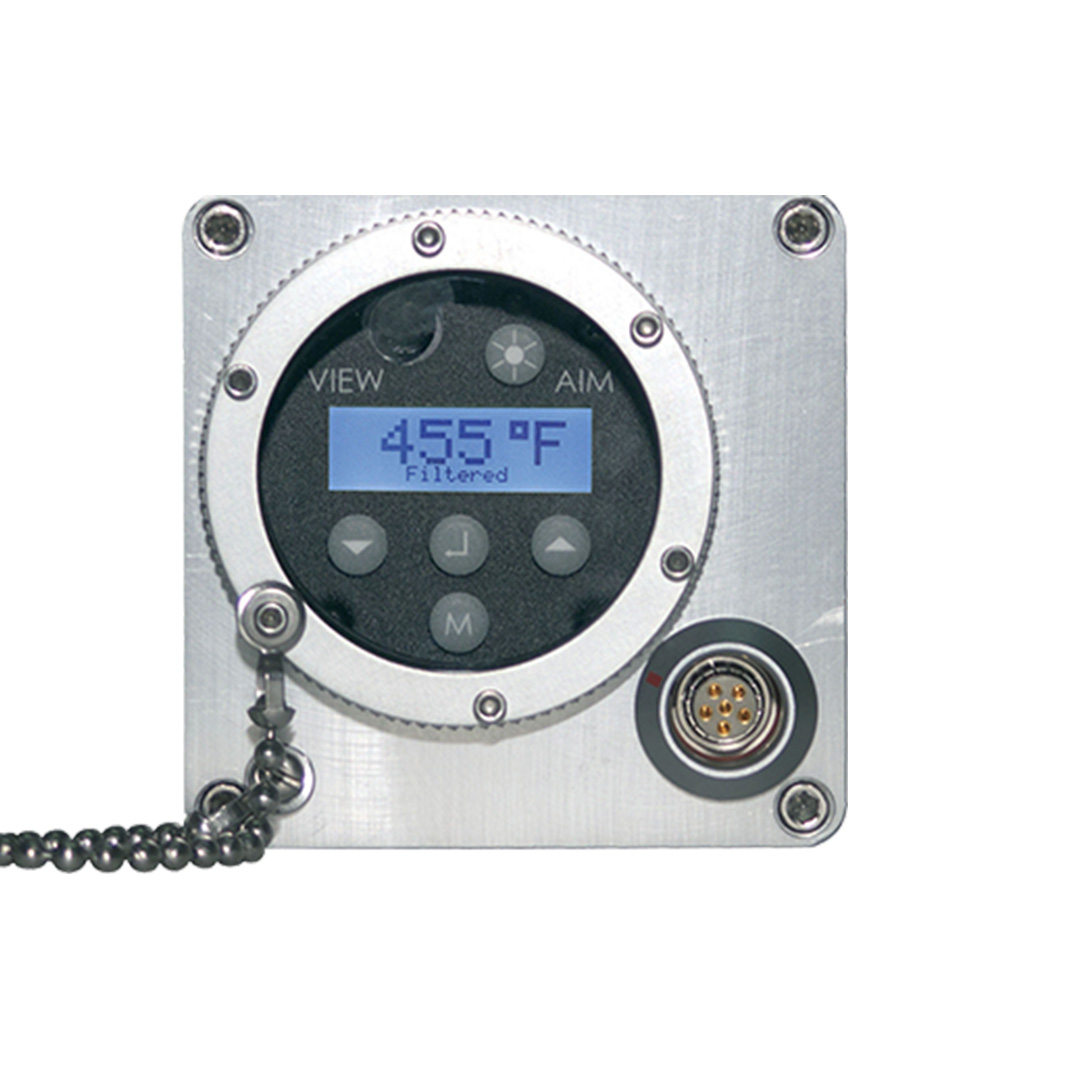
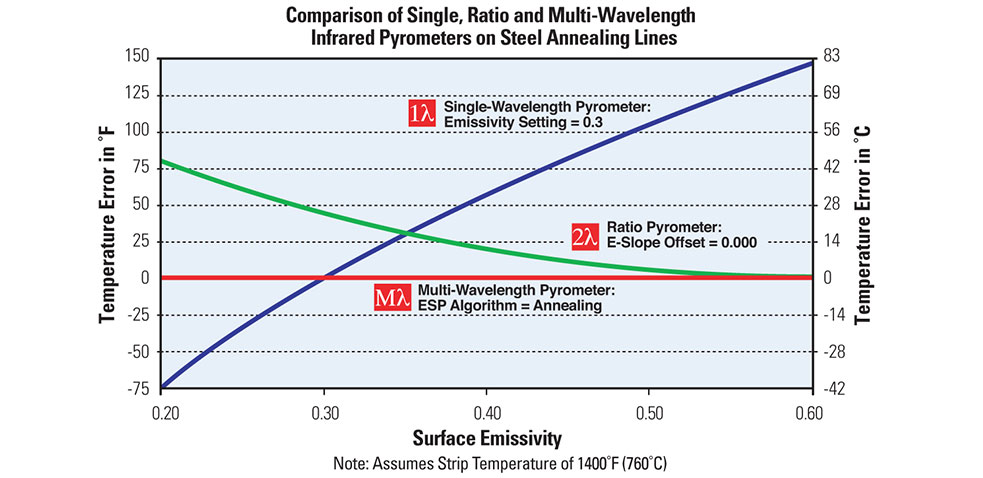
Williamson’s Solution to Annealing Challenges
Williamson, with its six unique Wavelength technologies, offers infrared temperature sensors designed to make accurate annealing line temperature measurements. These sensors can effectively compensate for common challenges faced in the annealing process, such as:
- Low and variable emissivity
- Temperature gradients
- Steam interference
- Hot wall reflections
Key Applications of Williamson Pyrometers in Annealing Lines
Cold Mill: Overheating steel during rolling can affect its mechanical and dimensional properties and cause surface blemishes. Williamson’s Short-Wavelength (SW) Technology, specifically the SW-2A model, can view through oil and steam interferences, ensuring the steel doesn’t get too hot.
Welder: Ensuring a quality weld is crucial for continuous production. Williamson’s Dual-Wavelength Technology is virtually self-aligning, providing a consistent and reliable temperature measurement, ensuring high-quality welds.
Continuous Annealing – Roller Wedge: Temperature is a critical parameter in the Continuous Annealing Line. Williamson’s Dual-Wavelength technology self-aligns to the roller wedge sweet spot, eliminating influences of emissivity variation and background reflections.
Continuous Annealing – Direct View: When roller wedge measurement isn’t feasible, the direct view technique is applied. Williamson’s Multi-Wavelength Technology compensates for the emissivity of the strip, ensuring accurate temperature readings.
Galvanneal: Temperature control is vital for achieving desired coating, alloying, and diffusion properties. Williamson’s Multi-Wavelength pyrometer is designed specifically for this application, automatically correcting for non-greybody emissivity variation.
Hot Dip Line – Top Turn Roll: The temperature of the strip as it crosses the top turn roll is crucial. Williamson’s Short-Wavelength and Multi-Wavelength models are ideal for this measurement, ensuring the strip doesn’t get too hot.
Down Leg Cooling: Before delivery to the temper mill, the steel strip is cooled. Williamson’s Short-Wavelength technology, specifically the SW-2A model, minimizes errors due to low-emissivity strip and steam interference.
Temper Mill Entry: Strip temperature is essential at the temper mill. Williamson’s Specialty-Wavelength model SP-PG ensures the desired mechanical properties and surface hardness are achieved.
Paint Line: Temperature control at the paint line ensures proper adhesion of paint to steel and consistent product color and curing speed. Depending on the strip coating, Williamson uses careful wavelength selection to optimize measurement accuracy.
The Evolution of Williamson
Before the Pro Series, Williamson was a niche manufacturer, focusing on unique measurement challenges. The success of the Pro Series, especially the MW models, led to rapid growth. This growth, while exciting, brought its own set of challenges. It wasn’t until 2011 that the company underwent a transformation, becoming even more focussed on the global market and becoming a major player in the supply of pyrometers to the annealing industry.
Algorithm Development and Updates
The Williamson algorithm, a collaboration with 2 major steel producers, has seen multiple updates over the years. Currently, in its sixth revision, the algorithm has remained stable for nearly two decades, indicating its robustness. Williamson also offers custom algorithms for specific plant needs.
Calibration and Customization
One of the standout features of Williamson pyrometers is the ability for field calibration by customers. There are two methods:
- Field Calibration Feature: This allows for a two-point straight-line correction.
- ProCal Software: This offers point-by-point correction for non-linear calibration errors. Both ProView and ProCal software are complimentary for Williamson customers.
The Dual Nature of the Pyrometer
Each Williamson pyrometer can operate in both MW and single-wavelength (SW) modes simultaneously. This dual functionality allows for a seamless transition from SW to MW readings, ensuring optimal process control.
In Conclusion
Williamson Pyrometers have revolutionized continuous annealing lines with their advanced technology and commitment to quality. Their journey from a small manufacturer to an industry leader is a testament to their dedication to innovation and customer satisfaction. For more detailed insights, visit Williamson’s official website.




